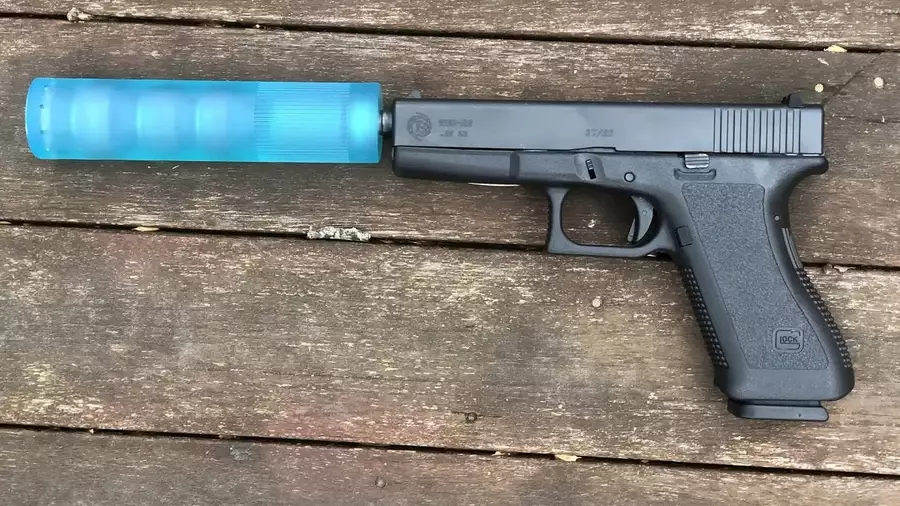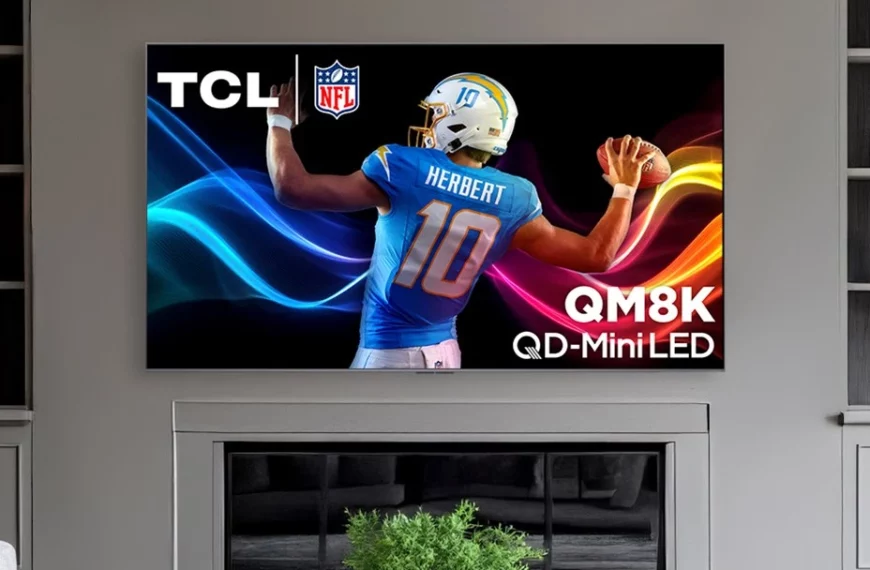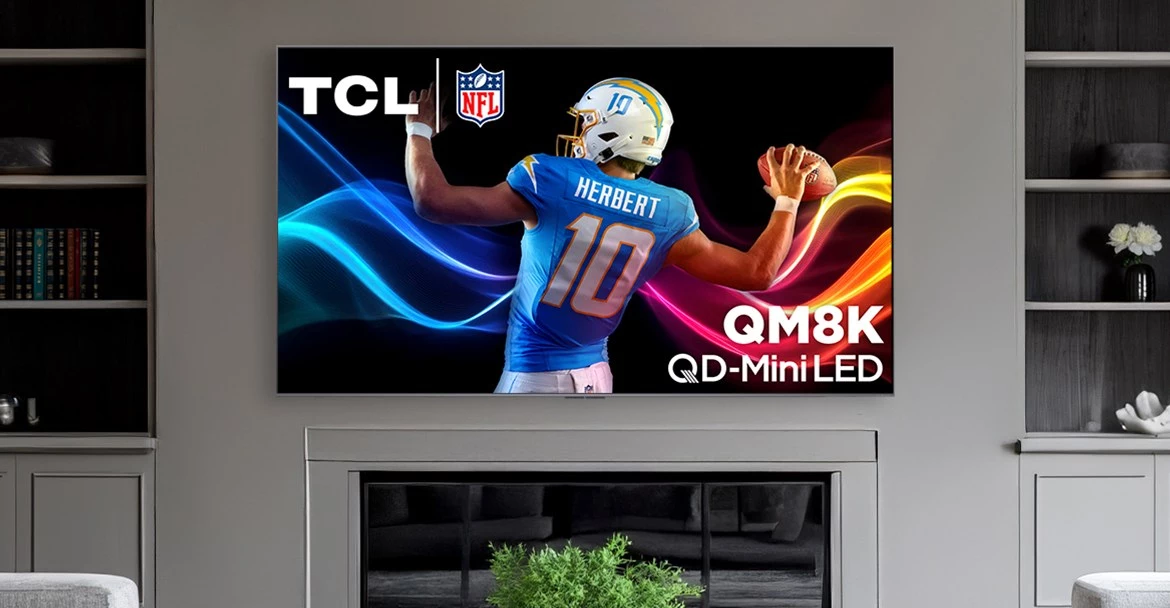3D-Printed Weapon Confirmed in UnitedHealthcare CEO Shooting
Authorities have confirmed that the weapon used in the shooting of UnitedHealthcare CEO Brian Thompson was a 3D-printed firearm. The gun was recovered from suspect Luigi Mangione following the incident.
Initially thought to be a “ghost gun,” a homemade firearm without serial numbers, the weapon’s 3D-printed nature adds a new dimension to the investigation. Law enforcement officials are now working to determine whether Mangione printed or assembled the gun himself or obtained it from another source.
The recovery of a 3D-printed gun in a high-profile crime is considered rare, particularly one equipped with a suppressor. This development highlights the growing concerns surrounding untraceable firearms and their potential use in criminal activities.
In the United States, 3D-printed guns and parts are generally legal, allowing owners to bypass federal oversight. While the lower receiver of a gun requires a background check for purchase, other components such as the slide and barrel do not. This loophole has led to an increase in do-it-yourself gun kits, which vary in complexity.
Experts examining Mangione’s weapon suggest it might be a Chairmanwon V1, a 3D-printed Glock clone. The pistol reportedly features a plastic handle with metal slide and barrel, matching the description of the gun seen in security footage.
The rise of 3D-printed firearms and ghost guns presents significant challenges for law enforcement and regulators. Their untraceable nature, combined with lax gun control laws in some areas, makes them difficult to monitor and control.
In response to these concerns, the Biden Administration introduced regulations requiring serial numbers on gun kits. However, these regulations are currently being contested in court.
The Department of Justice reports seizing over 25,000 ghost guns as of 2022, indicating a growing trend. However, comprehensive data on the number of ghost guns in circulation or their involvement in crimes remains limited.
As the investigation into the UnitedHealthcare CEO shooting continues, this case may serve as a catalyst for further discussions on the regulation of 3D-printed firearms and their potential impact on public safety.




 By
By By
By

 By
By

 By
By
 By
By

 By
By





